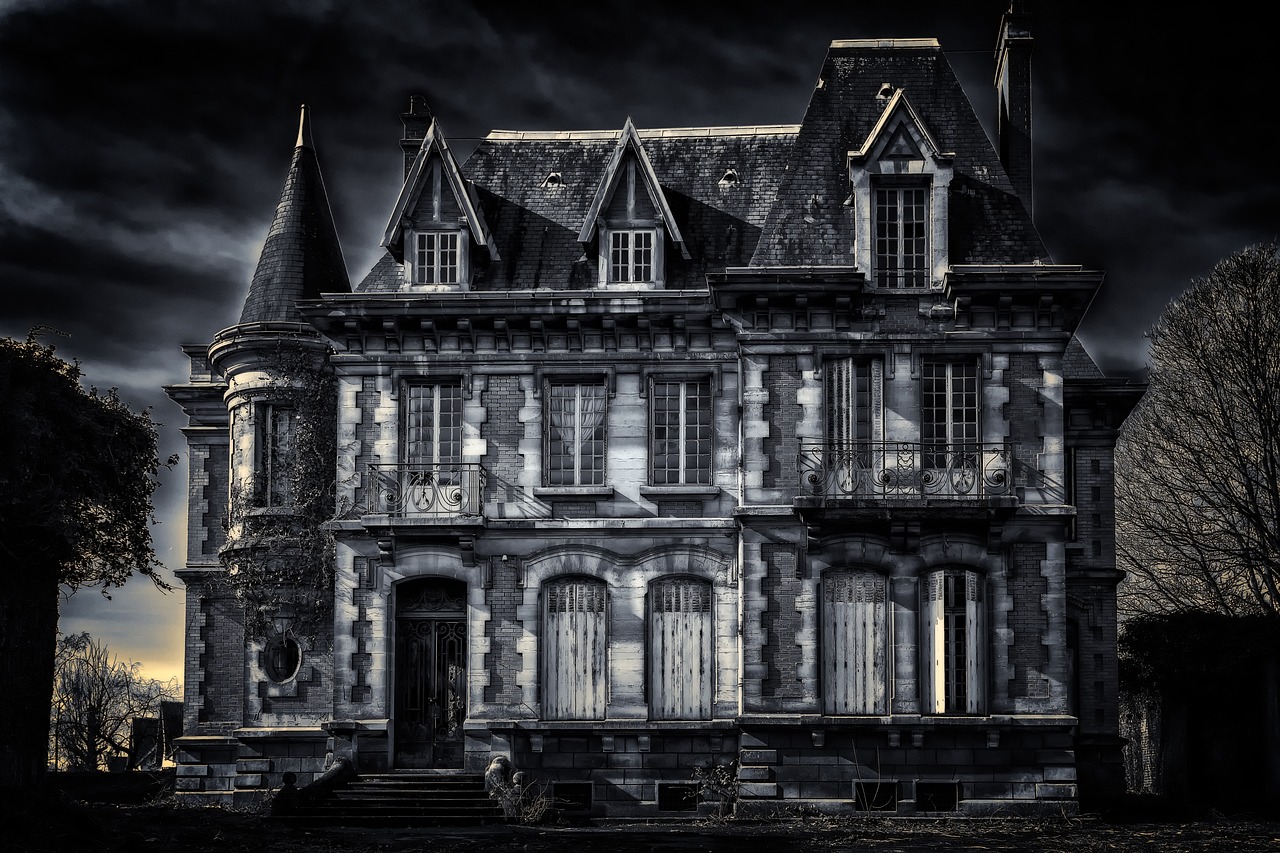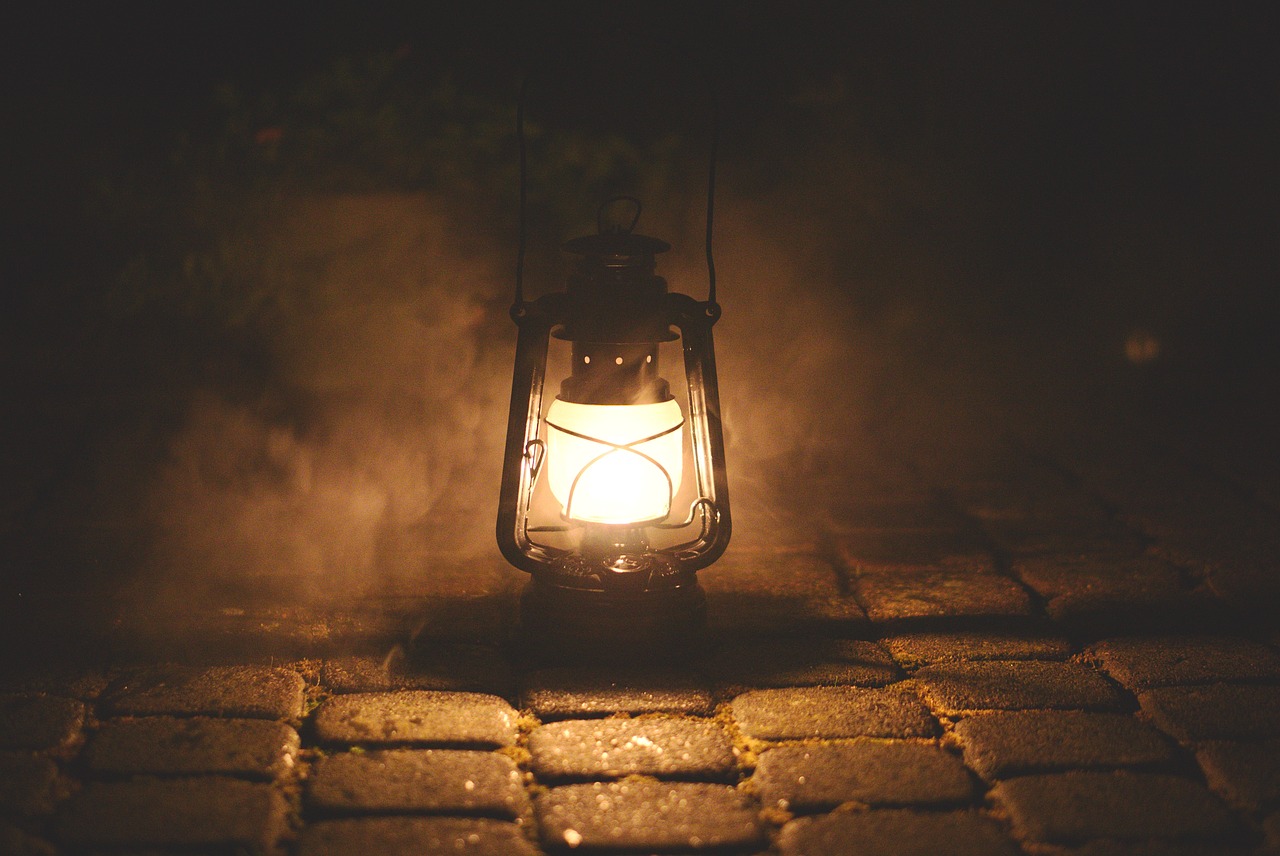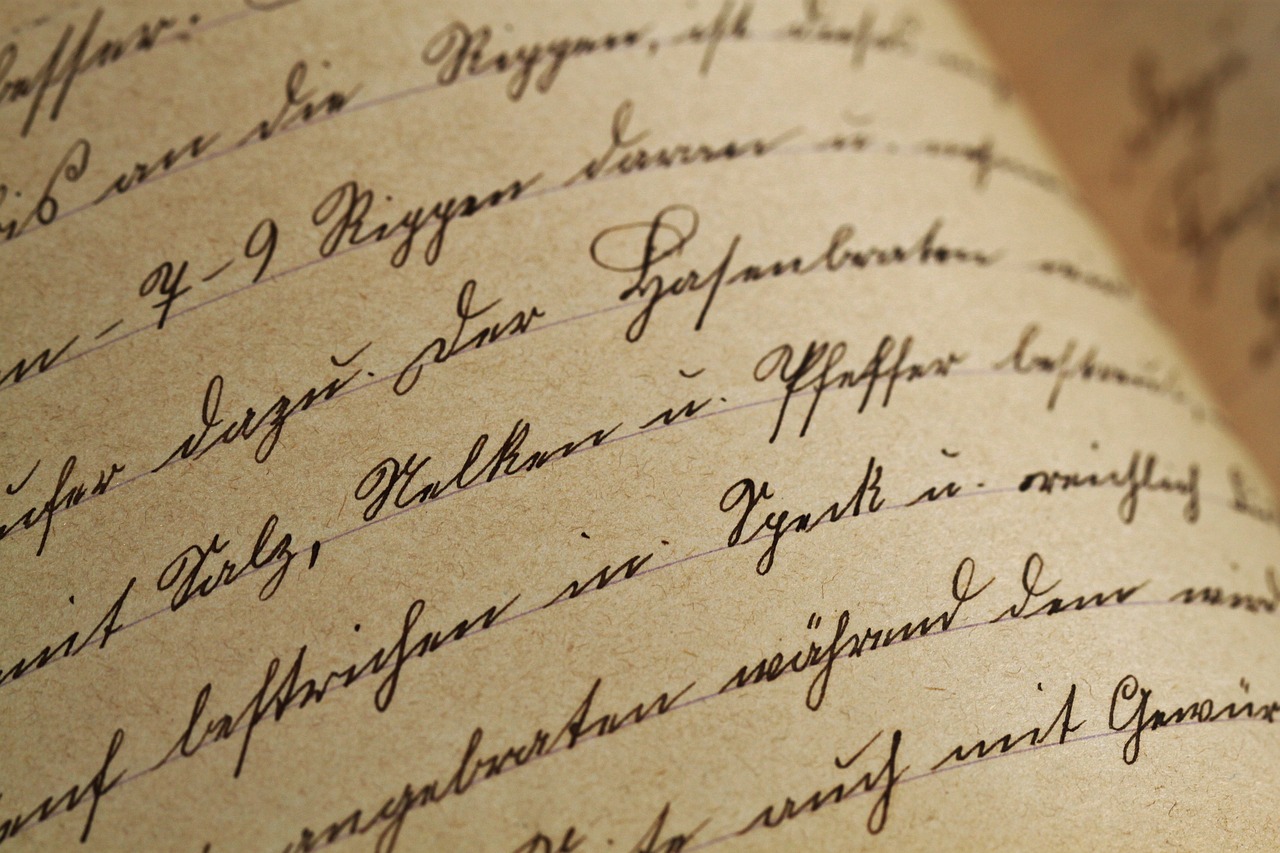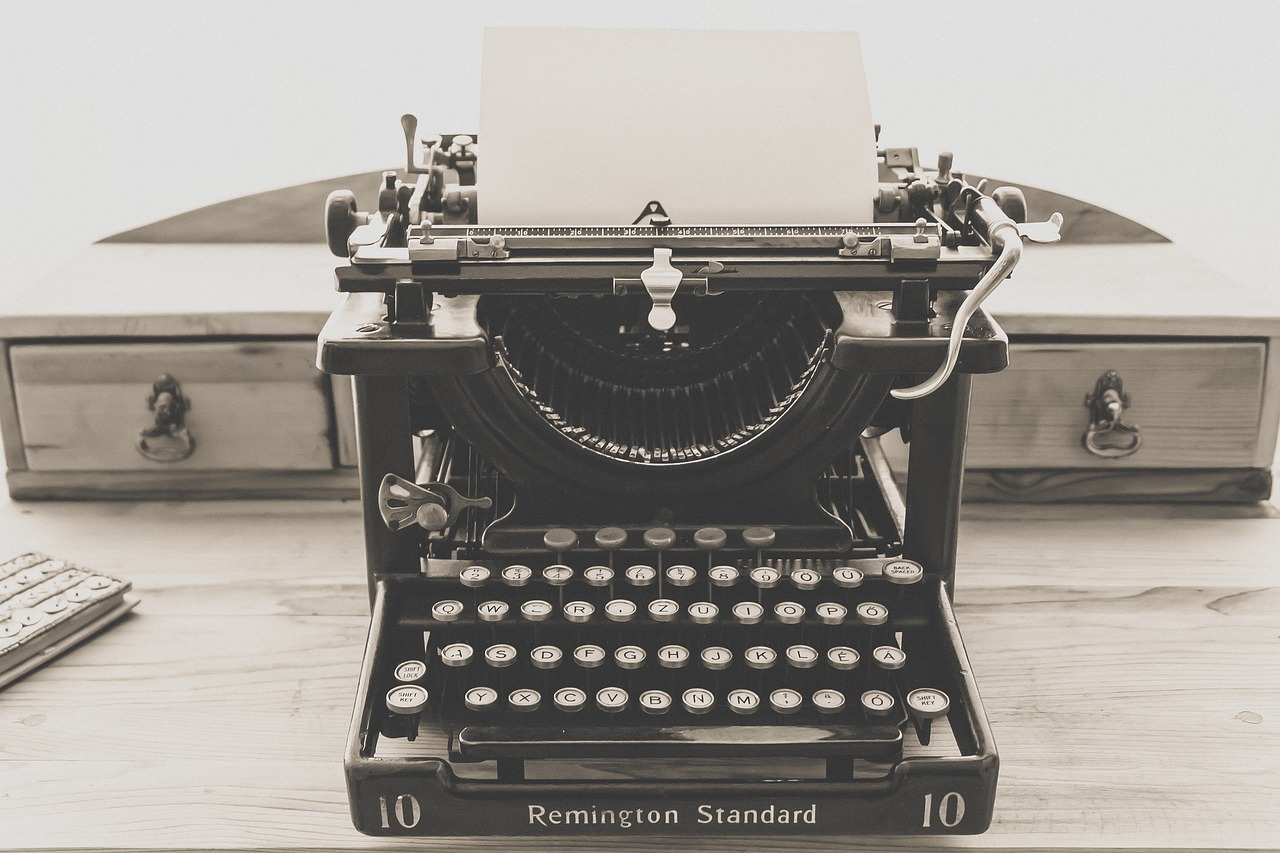Reliving the Glory Days: A Journey Through 1960s Pinball Culture

Step back in time to the vibrant 1960s, a decade that brought forth a unique blend of culture, music, and, of course, pinball machines. These mechanical marvels were not just games; they were social hubs where friendships blossomed and memories were made. Let’s embark on a journey through the pinball culture of the 1960s, reliving the excitement and charm that defined an era.
The Rise of Pinball Machines
In the early 1960s, pinball machines began to gain popularity across the United States. The combination of bright lights, catchy sounds, and engaging gameplay drew players of all ages. Here are some key factors that contributed to the rise of pinball:
- Innovation: The introduction of electronic scoring systems replaced traditional mechanical scoring, enhancing the gameplay experience.
- Accessibility: Pinball machines became a common sight in bars, arcades, and diners, making them easily accessible to the public.
- Cultural Influence: Movies and music of the time celebrated the thrill of gaming, further fueling interest in pinball.
Iconic Pinball Machines of the 1960s
Several pinball machines from this decade have achieved legendary status. Let’s take a look at a few iconic titles:
| Machine Name | Year Released | Manufacturer |
|---|---|---|
| Gottlieb’s Hurdy Gurdy | 1960 | Gottlieb |
| Williams’ Jungle | 1967 | Williams |
| Chicago Coin’s Four Million BC | 1965 | Chicago Coin |
| Gottlieb’s Big Shot | 1963 | Gottlieb |
Social Spaces and Community
Pinball machines became more than just games; they were gathering spots for communities. Here’s how these machines fostered social interaction:
- Local Competitions: Neighborhood tournaments brought players together, encouraging friendly rivalry and camaraderie.
- Socializing: Players often chatted while waiting for their turn, sharing tips and tricks, and building friendships.
- Memorable Hangouts: Diner counters and arcade corners became favorite meeting places for young people.
Legacy of 1960s Pinball Machines
The legacy of 1960s pinball machines continues to influence gaming culture today. Their impact can be seen in:
- Modern Pinball: Many contemporary machines pay homage to the designs and mechanics of their 1960s predecessors.
- Cultural References: Pinball has been featured in movies, music, and art, cementing its place in popular culture.
- Restoration and Collecting: Many enthusiasts restore vintage machines, preserving the nostalgia and joy they bring.
Reliving the glory days of 1960s pinball culture allows us to appreciate not just the games themselves but the communities and experiences that formed around them. Whether you played a machine in your youth or are hearing about them for the first time, the charm of these pinball machines remains timeless.
The Art of the Game: Exploring the Aesthetics of Vintage Pinball Machines

The Aesthetic Appeal of Pinball Machines
When you think of the 1960s, what comes to mind? Perhaps the vibrant colors of fashion or the iconic designs of cars? Now, let’s dive into the world of vintage pinball machines. These machines are not just games; they are works of art that reflect the culture and creativity of their time.
A Canvas of Colors
Each pinball machine is a canvas bursting with colors. From rich reds to shimmering golds, the aesthetic choices made in the 1960s were bold and eye-catching. The artwork on the playfield often tells a story, featuring everything from fantasy themes to retro pop culture icons. Can you recall the intricate designs that captured your attention?
Design Elements: A Blend of Form and Function
The design of vintage pinball machines is a perfect blend of form and function. The layout of bumpers, flippers, and targets not only serves a purpose but also enhances the overall visual experience. Did you know that the placement of these elements was strategically planned to create an engaging gameplay experience?
Typography and Graphics
Typography played a significant role in the aesthetics of pinball machines. The fonts used on these machines were often unique and tailored to fit the theme. The graphics, ranging from whimsical cartoons to serious illustrations, invite players to immerse themselves in the game. What feelings do these designs evoke in you?
Sound and Light: A Multisensory Experience
Vintage pinball machines are not just visual delights; they also provide a soundtrack to the gameplay. The chimes, bells, and electronic sounds create an atmosphere that enhances the experience. Coupled with the colorful lights that flash with each score, these machines offer a multisensory experience that is hard to forget.
Preserving the Art
As we admire these machines, it’s essential to think about preservation. Many vintage pinball machines are lovingly restored to maintain their aesthetic integrity. Have you ever seen a restoration project? It’s fascinating to witness the transformation of a classic machine back to its former glory.
Engaging with the Past
For those of us who grew up in the 1960s, these pinball machines are not just games; they are nostalgic reminders of our youth. Engaging with these machines brings back memories of laughter, competition, and joy. What stories do you have about your experiences with pinball machines?
The aesthetics of vintage pinball machines go beyond the mere visuals; they encompass the culture, creativity, and community of an era. As we explore the art of the game, let us celebrate these machines that continue to resonate with us, reminding us of simpler times filled with fun and laughter.
Soundtrack of a Generation: The Captivating Chimes and Bells of Pinball

The Melody of Memories
Step back in time to the vibrant arcades of the 1960s, where the charming chimes and bells of pinball machines created a symphony of excitement. Each game was not just a test of skill but also a captivating auditory experience. Can you recall the sounds that filled the air? The clinks and clatters that accompanied each flip of the flipper?
A Soundtrack Like No Other
Imagine the joyful jingles that greeted players as they hit a jackpot or completed a challenging sequence. The echoing buzzers and the delightful bell rings were more than just noises; they were part of a collective memory that defined a generation. These sounds were designed not just to alert the player but to immerse them in a world of thrill and anticipation.
Key Sounds of the Arcade
- Chimes: High-pitched tones that celebrated victories.
- Bells: The unmistakable ring that signaled bonus points.
- Buzzers: Low tones that added tension during gameplay.
- Flippers: The satisfying click that sent the ball into action.
Creating Connections
For many, these sounds were the backdrop to friendships and memorable moments. Each game played was a shared experience, with laughter and cheers echoing throughout the arcade. Can you remember the thrill of hearing the jackpot chime as you achieved something extraordinary? It was a sound that resonated in the hearts of players.
Reviving the Memories
As we reflect on the timeless charm of 1960s pinball machines, let the captivating chimes and bells transport you back. Gather around with friends and family to share stories of your favorite games and the sounds that accompanied them. Play a few rounds on a classic machine if you can, and let the music of the past fill your heart once again.
From Coin-Op to Collectible: The Evolution of Pinball Machines
The Golden Age of Pinball
Imagine stepping into a lively arcade in the 1960s. The air is filled with the sounds of laughter, the clinking of coins, and the delightful pinging of pinball machines. These machines were not just games; they were a cultural phenomenon that brought people together.
From Simple Beginnings
Pinball machines have come a long way since their inception. Initially, they started as simple games with no electrical components, relying solely on mechanical parts. Can you remember the excitement of rolling the balls down those wooden ramps?
- Early Designs: The first pinball machines were essentially tabletop games.
- Coin-Operated Models: The introduction of coin mechanisms in the 1930s marked the beginning of pinball as a commercial venture.
The Rise of Electric Pinball
As technology advanced, so did pinball machines. The 1960s saw the shift from mechanical to electric machines. This transition allowed for more intricate gameplay and vibrant artwork. Can you recall your favorite design?
- Introducing Electromechanics: This innovation added flippers and lights, creating an engaging experience.
- Artistic Flourish: Machines featured colorful graphics and themes, captivating players of all ages.
A Social Hub
During the 1960s, pinball parlors became social hubs. Families and friends gathered to enjoy a game or two. What was your favorite pinball machine to play? This era solidified the machine’s status in popular culture.
From Coin-Op to Collectible
As the years passed, the charm of pinball machines transformed them into sought-after collectibles. Many enthusiasts began restoring classic machines, preserving a piece of history. Do you have any memories of collecting or restoring pinball machines?
- Collectible Value: Some machines from the 1960s are now worth thousands of dollars.
- Restoration Communities: Enthusiasts share tips and techniques online and in local clubs.
The Legacy of Pinball
Pinball machines may have evolved, but their essence remains unchanged. They are more than just games; they encapsulate a sense of nostalgia and community. What do you cherish most about your pinball experiences?
Join the Journey
Whether you played in smoky arcades or watched friends battle it out for high scores, the joy of pinball continues to echo through the years. Let’s celebrate the timeless charm of these machines!
Hands-On Fun: Rediscovering the Joy of Pinball with Friends and Family
Experience the Thrill Together
Pinball machines are not just games; they are gateways to unforgettable moments. Gather your friends and family to experience the excitement of 1960s pinball machines. The clinking of coins, the flashing lights, and the cheerful sounds create a nostalgic atmosphere.
Setting Up the Scene
Transform your space into a lively arcade! Here are some ideas:
Find a Pinball Machine: Look for vintage machines in local arcades, or perhaps even consider renting one for your gathering.
Create an Arcade Ambiance: Use colorful lights, nostalgic posters, and snacks reminiscent of the arcade era.
Invite Everyone: Make sure to invite family members of all ages to share in the fun!
How to Play: Quick Guide
Get everyone involved with this simple guide:
| Step | Action |
|---|---|
| 1 | Insert coins to start the game. |
| 2 | Launch the ball using the plunger. |
| 3 | Use flippers to keep the ball in play. |
| 4 | Aim for targets and bumpers to score points! |
Share the Joy: Tips for Family Fun
Here are some tips to enhance the experience:
Team Play: Pair up and compete against each other!
Celebrate High Scores: Keep a scoreboard and celebrate the highest scores at the end of the night.
Story Time: Share memories of the first time you played pinball and the joy it brought.
Conclusion: The Lasting Legacy of Pinball
Rediscovering pinball with friends and family is about more than just the game; it’s about creating memories that last a lifetime. So gather around, press the start button, and let the echoes of the arcade bring joy to your hearts once again.
The Mechanics Behind the Magic: How Pinball Machines Work
The Fascinating World of Pinball Machines
Have you ever stood in front of a pinball machine, captivated by the lights and sounds, and wondered how it all works? Pinball machines are a blend of art and engineering, creating an experience that transports players back to a simpler time. Let’s dive into the mechanics behind these captivating devices!
The Structure of a Pinball Machine
At the heart of every pinball machine lies its structure. The cabinet houses all the components, and it’s where the magic begins. Inside, you will find:
The Playfield: This is where the action happens. It’s a slanted surface filled with bumpers, ramps, and targets, designed to keep the ball in play.
The Backbox: This is the vertical part of the machine, adorned with lights and scoring displays, often showing the current score and game features.
The Ball: Typically made of steel, it’s the star of the show! Its movement is what creates the excitement.
How the Game is Played
When you insert a coin and pull the plunger, you’re launching the ball into the playfield. Here’s what happens next:
Flippers: These are the paddles you control. When you press the buttons, they flip up to hit the ball, sending it back into play.
Bumpers: These are spring-loaded devices that react when the ball hits them, causing it to bounce around the playfield.
Targets: Hitting these can score points and activate special features.
The Electrical Components
Pinball machines are not just mechanical wonders; they are also electronic marvels. Inside each machine, you will find:
Switches: These detect when the ball hits a target or bumper, sending signals to the machine’s brain.
Microcontrollers: These act as the machine’s brain, processing inputs from the switches and controlling the lights and sounds.
Sound Boards: They produce the iconic sounds of pinball, enhancing the gaming experience.
Scoring and Features
As you play, you’ll notice the scoring system in action. Points are awarded based on your actions. The more you interact with the playfield, the more points you can rack up! Special features might include:
Multiball: This exciting feature releases multiple balls onto the playfield, increasing the chaos and fun!
Bonus Rounds: After a certain number of hits, you may trigger a bonus round, where points can skyrocket.
Understanding the mechanics behind pinball machines adds an extra layer of appreciation for this timeless game. The combination of artful design, mechanical ingenuity, and electronic wizardry creates an interactive experience that continues to captivate players of all ages. So, the next time you step up to a pinball machine, remember the magic that lies behind the glass!
Pinball Wizards: Celebrating the Champions of Classic Arcade Games
Introduction to Pinball Wizards
Step back in time to the vibrant 1960s, a decade that brought forth a revolution in arcade gaming with the introduction of pinball machines. These captivating devices not only entertained but also gave rise to a new generation of champions. In this interactive exploration, we celebrate the pinball wizards who mastered these machines, turning gameplay into an art form.
The Evolution of Pinball Machines
From simple mechanical designs to the more elaborate, illuminated creations of the late 60s, pinball machines underwent significant transformation. Each machine told a story, often reflecting the cultural themes and interests of the era. Do you remember your favorite pinball machine? Let’s take a moment to reminisce.
Meet the Pinball Champions
Pinball wasn’t just a game; it was a competitive sport. Tournaments sprung up across towns, bringing together enthusiasts eager to showcase their skills. Here are some notable champions:
| Champion Name | Year | Top Score |
|---|---|---|
| Tommy Jones | 1965 | 1,200,000 |
| Linda Smith | 1967 | 1,500,000 |
| Mike Thompson | 1969 | 2,000,000 |
Techniques of the Trade
Becoming a pinball wizard required more than just luck; it demanded skill and strategy. Here are some techniques that champions used:
Flipper Control: Mastering the flippers was essential. Champions practiced timing to execute perfect shots.
Multiball Strategy: Understanding how to trigger multiball modes could lead to high scores.
Target Prioritization: Knowing which targets to hit first maximized points.
Pinball Machines: A Cultural Icon
Pinball machines became more than games; they represented a cultural phenomenon. They were social hubs in bars and arcades. Do you remember the sounds of the machine? The clinking of coins, the buzz of excitement, and the cheers of fellow players created an electric atmosphere.
Legacy of Pinball Wizards
Today, the legacy of pinball wizards continues, inspiring new generations of players. Have you ever shared your pinball stories with younger family members? These machines remain timeless treasures, reminding us of the joy and camaraderie of the arcade era.
The echoes of the arcade still resonate, reminding us of the champions who once dazzled us with their skills. As we celebrate the pinball wizards of the 1960s, let us carry forward their spirit of competition and fun. What are your favorite memories of pinball machines?
Nostalgia in Action: Why 1960s Pinball Still Captivates Hearts Today
The Allure of Pinball Machines
Imagine stepping into a dimly lit arcade filled with the sounds of clinking coins and lively music. Among the vibrant attractions, 1960s pinball machines stand out, their artful designs and captivating gameplay drawing players in. But what is it about these machines that still resonates today?
A Journey Through Time
Pinball machines from the 1960s are more than just games; they are a portal to a beloved era. Each machine tells a story, be it through its colorful artwork or the unique sounds it produces. Have you ever found yourself reminiscing about the thrill of pulling that plunger and watching the silver ball dance across the playfield?
The Magic of Simplicity
In a world dominated by digital screens, the simplicity of a pinball machine is refreshing. The tactile experience of pressing buttons and feeling the vibrations of the machine as you play creates a connection that is often missing in modern gaming. Can you recall the joy of competing with friends to achieve the highest score?
Social Connection
Pinball machines were not just games; they were social hubs. Groups of friends would gather around these machines, sharing laughter and friendly competition. Do you remember the excitement of cheering each other on as you played?
The Artistry of Pinball
Each pinball machine is a work of art. The vibrant colors, intricate designs, and playful themes are captivating. What was your favorite design or theme from the 1960s machines that still brings a smile to your face?
Enduring Popularity
Even today, pinball machines continue to captivate hearts. Many enthusiasts collect and restore these vintage machines, celebrating their history and charm. Have you ever thought about the stories behind those machines?
Conclusion: The Spirit of Pinball Lives On
As we delve into the nostalgia of 1960s pinball machines, we realize that their charm transcends generations. They are not just relics of the past; they are a part of our shared history. So, let’s keep the spirit of pinball alive! Whether it’s revisiting a local arcade or sharing stories with friends, the echoes of the arcade will continue to resonate.
Building Connections: The Social Experience of Playing Pinball Together
Imagine stepping into a vibrant arcade filled with the electrifying sounds of flippers and bells. In the 1960s, pinball machines were more than just games; they were a social hub where friendships blossomed and memories were made. Let’s explore how playing pinball together creates connections that resonate even today.
The Gathering Place
Pinball machines often served as the heart of the arcade, drawing people from all walks of life. Whether you were a seasoned player or a curious newcomer, there was always a sense of camaraderie. Do you remember the excitement of watching someone else play? The cheers and laughter as friends gathered around the glowing machines fostered a unique atmosphere of connection.
Sharing Tips and Tricks
Playing pinball isn’t just about competition; it’s also about collaboration. Sharing strategies and tips with friends enhances the experience. When you helped a friend master a challenging shot or achieve a high score, it wasn’t just about the game—it was about supporting each other. Have you ever given or received advice during a game?
The Thrill of Competition
While cooperation is key, the thrill of competition also brings people together. Friendly rivalries often sparked laughter and playful banter. Picture this: you and your friends taking turns, each trying to outdo the other. Who can reach the highest score? The anticipation builds, and even if you don’t win, the joy of participation creates lasting bonds.
Creating Lasting Memories
Every game played is a story waiting to be told. From the joy of a last-minute victory to the disappointment of a sudden tilt, these moments become cherished memories. What’s your favorite pinball memory with friends or family? Sharing these stories ensures that the spirit of pinball continues to connect generations.
Pinball: A Bridge Across Generations
In today’s digital age, the essence of pinball remains timeless. Many arcades now host retro nights, inviting both young players and those who fondly remember the past. Playing together across generations creates a unique opportunity to share experiences and learn from one another. Have you introduced someone younger to the joy of pinball?
Whether you’re reliving the glory days of the 1960s or discovering the charm of pinball for the first time, the social experience of playing together is what truly makes it special. The laughter, competition, and support create connections that transcend time. So gather your friends, embrace the flippers, and let the echoes of the arcade bring you together once more.
Preserving the Legacy: How to Care for and Restore Vintage Pinball Machines
Understanding Your Vintage Pinball Machine
Vintage pinball machines from the 1960s are not just games; they are pieces of history. Caring for these machines ensures that their charm and functionality endure for generations. Here’s how you can get started on this rewarding journey.
Basic Maintenance Steps
Follow these simple steps to maintain your vintage pinball machine:
Cleaning: Regularly clean the playfield with a gentle cleaner. Avoid harsh chemicals that may damage the artwork.
Checking Connections: Ensure all electrical connections are secure. Loose wires can lead to malfunctions.
Inspecting Parts: Routinely check for wear on rubbers, bumpers, and other moving parts.
Restoration Techniques
Restoring a vintage pinball machine can be a fulfilling project. Here are some techniques:
| Technique | Description |
|---|---|
| Playfield Restoration | Apply a clear coat to protect the artwork and enhance playability. |
| Electronics Overhaul | Replace old bulbs with LEDs for better brightness and energy efficiency. |
| Cosmetic Touch-ups | Use paint to touch up scratches and damage on the cabinet. |
Helpful Tools and Materials
Having the right tools and materials can make the restoration process smoother:
Cleaning Supplies: Microfiber cloths, a soft brush, and gentle cleaning solutions.
Replacement Parts: Look for specialized suppliers who cater to vintage pinball machines.
Basic Tools: Screwdrivers, pliers, and a multimeter for electrical work.
Preservation Tips
To keep your pinball machine in top condition, consider these preservation tips:
Keep it Covered: Use a cover when not in use to protect it from dust.
Control the Environment: Store in a climate-controlled environment to prevent warping and rust.
Regular Use: Playing the machine regularly helps keep the mechanisms in good working order.
Join the Community
Engage with others who share your passion for vintage pinball machines. Online forums and local clubs can provide invaluable advice and support.
By following these tips, you can preserve the legacy of your vintage pinball machine and keep the spirit of the arcade alive!
